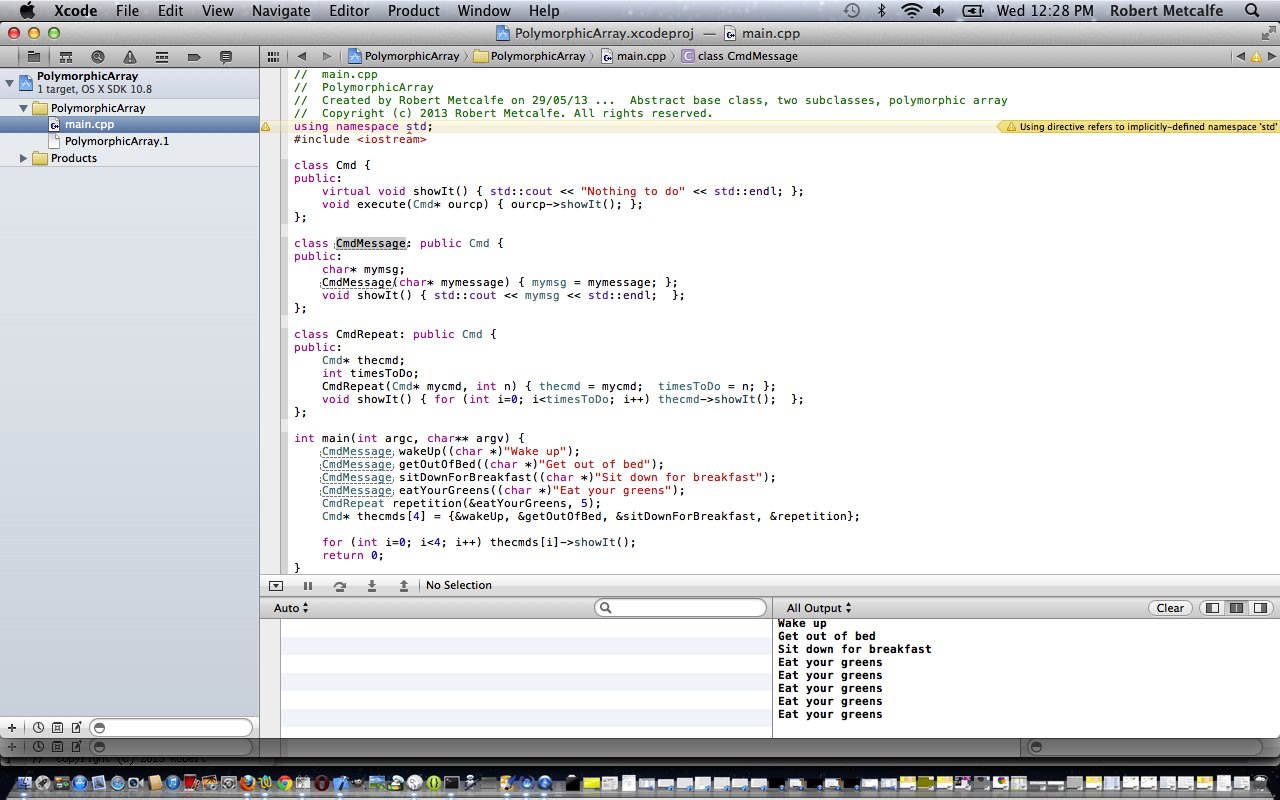

Let me first walk you through the major differences between the existing framework that you're using (e.g. I know some of you may already have experience in iOS development.
Tutorial for xcode how to#
In this book, you will dive deep into SwiftUI, learn how to layout the built-in components, and create complex UIs with the framework. This is a feature Apple developers anticipated for a long time.
Tutorial for xcode code#
What's great is that Xcode automatically generates the SwiftUI code as you add the UI component visually. Not only does it allow you to preview the UI, the new canvas also lets you design the user interface visually using drag and drop. This instant preview feature simply makes UI development a breeze and iteration much faster. If you want to preview how your UI looks in dark mode, you just need to change an option. For example, you add a new record to a table, Xcode renders the UI change on the fly in a preview canvas. With SwiftUI, you get immediate feedback of the UI you are coding. While you can preview simple layouts in Interface Builder, you usually can't preview the complete UI until the app is loaded onto the simulators. The preview function has always been a weak point of Xcode. Compared with the existing UI frameworks like UIKit, you can create the same UI with way less code. What that means to you is that the UI code is easier and more natural to write. With the release of SwiftUI, you can now develop the app's UI with a declarative Swift syntax in Xcode. Take a look at the figure below and have a glance at the code. With this brand new framework, Apple offers developers a new way to create user interfaces. The introduction of SwiftUI is Apple's answer. Build user interfaces for any Apple device using just one set of tools and APIs.ĭevelopers have been debating for a long time whether we should use Storyboards or build the app UI programmatically.

SwiftUI is an innovative, exceptionally simple way to build user interfaces across all Apple platforms with the power of Swift. This is the biggest shift in the Apple developer's ecosystem (including iPadOS, macOS, tvOS, and watchOS) since the debut of Swift. It doesn't just change the way you develop iOS apps. In WWDC 2019, Apple surprised every developer by announcing a completely new framework called SwiftUI.


 0 kommentar(er)
0 kommentar(er)
